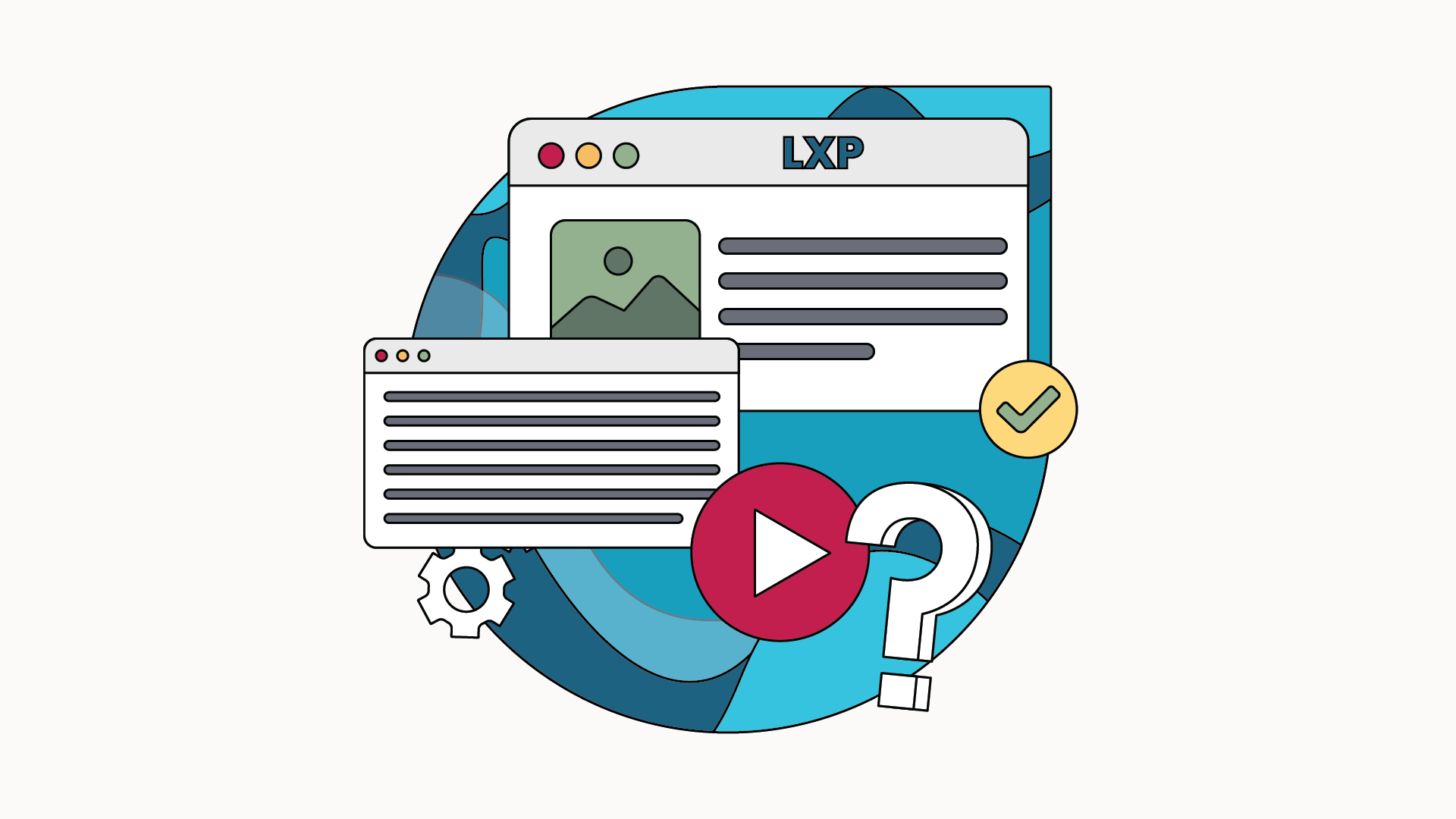The ADDIE model is a d design templateInstructional engineering which offers 5 consecutive phases or stages: Analysis, Design, Development, Implementation and Evaluation. It has been the go-to instructional design approach for over 30 years. Each stage plays an essential role in the success of the project.
What does the acronym ADDIE stand for?
Each letter of the acronym is represented as a phase of the model. Thus the ADDIE model is a sequential model or also called a cascade model, because the phases are successive. Here is a summary of the 5 phases:
A is for Analysis
The first phase of the ADDIE model is the analysis phase. It makes it possible to identify, collect and analyze all the elements that will guide the design of the educational system.. This essential step helps to define the training needs and objectives, the context of future learners and their opportunities, as well as the time and budget constraints associated with the project.
D is for Design
The second phase is the Design phase or conception in French. This is when educational engineers define educational objectives that differ from the training objectives. This makes it possible to define the entire training strategy and to build its architecture (order, content and tools of the modules). This phase can lead to two deliverables:
- A storyboard: document that details everything that will be in the module: from texts, to images to voiceover.
and/or
- A prototype: first version of the module. It allows you to test its operation and allows you to better visualize the project. It also makes it possible to anticipate technical problems.
D is for Development
The third phase, the Development phase, makes it possible to fill in the structure created during the previous stage. In short, it means creating all the necessary resources: supports, content and media.
I for Implantation
The Implementation phase is the fourth phase of the ADDIE model. It is thelaunching stage that corresponds to the management of the practical aspects necessary for the implementation of the training. Access to the created device is given to learners. The realities will be different between face-to-face and distance learning. In distance learning, we talk about deployment. In face-to-face training we will talk about printing documents or booking rooms.
E for evaluation
The final phase of the ADDIE model is the evaluation phase. It allows verify the effectiveness and quality of training, evaluating the system at three levels:
- What did the learners remember?
- How was the training perceived by the learners?
- For the company, what is the return on investment of training?
In this way, it will be possible to understand if the training is suitable and how to correct future training sessions. The ADDIE model is not strictly linear. The evaluation phase is often an iterative phase, present at each stage.
The ADDIEM or PADDIE+M model
There is also the ADDIE model increased by one or two phases: ADDIEM or PADDIE+M.
The ADDIEM model
The M in the ADDIEM model corresponds to an additional of maintenance. It makes it possible to improve the tools and resources used during training.
The PADDIE+M model
The PADDIE+M model has been added two additional phases. As for the previous one, a phase M of maintenance is added at the end. The P phase, unlike the M, is placed as the first phase of the model. It corresponds to a phase of Scheduling which makes it possible to set a time frame for the project.
The advantages
As seen before, the ADDIE model is flexible. It can be used for distance training as well as for face-to-face training.. It is also adaptable for group training or individual training.
Moreover, thanks to these 5 successive phases, the model offers a beneficial structured framework for creating an effective learning product.
There are other benefits to using the model as well. It makes it possible to better structure the learning need. It ensures an integrated approach to learning. Relevant professional behaviors are clearly defined, which makes it possible to better determine the effectiveness of learning.
The disadvantages
The ADDIE model is an old educational engineering model. Other newer models are more efficient when considering the ADDIE model in its linear version.
What to remember from this article
- The ADDIE model is a generic model of educational engineering. It is seen as a sequential or cascading model, because these phases are successive.
- The model has 5 phases: Analysis, Design, Development, Implementation, Evaluation
- The ADDIE model exists with one or two additional phases: ADDIEM or PADDIE+M
- The ADDIE model is a flexible and adaptable model for individual, group, distance or face-to-face training.
- However, other newer models are more efficient.
Shall we show you Beedeez? It's time to test!




